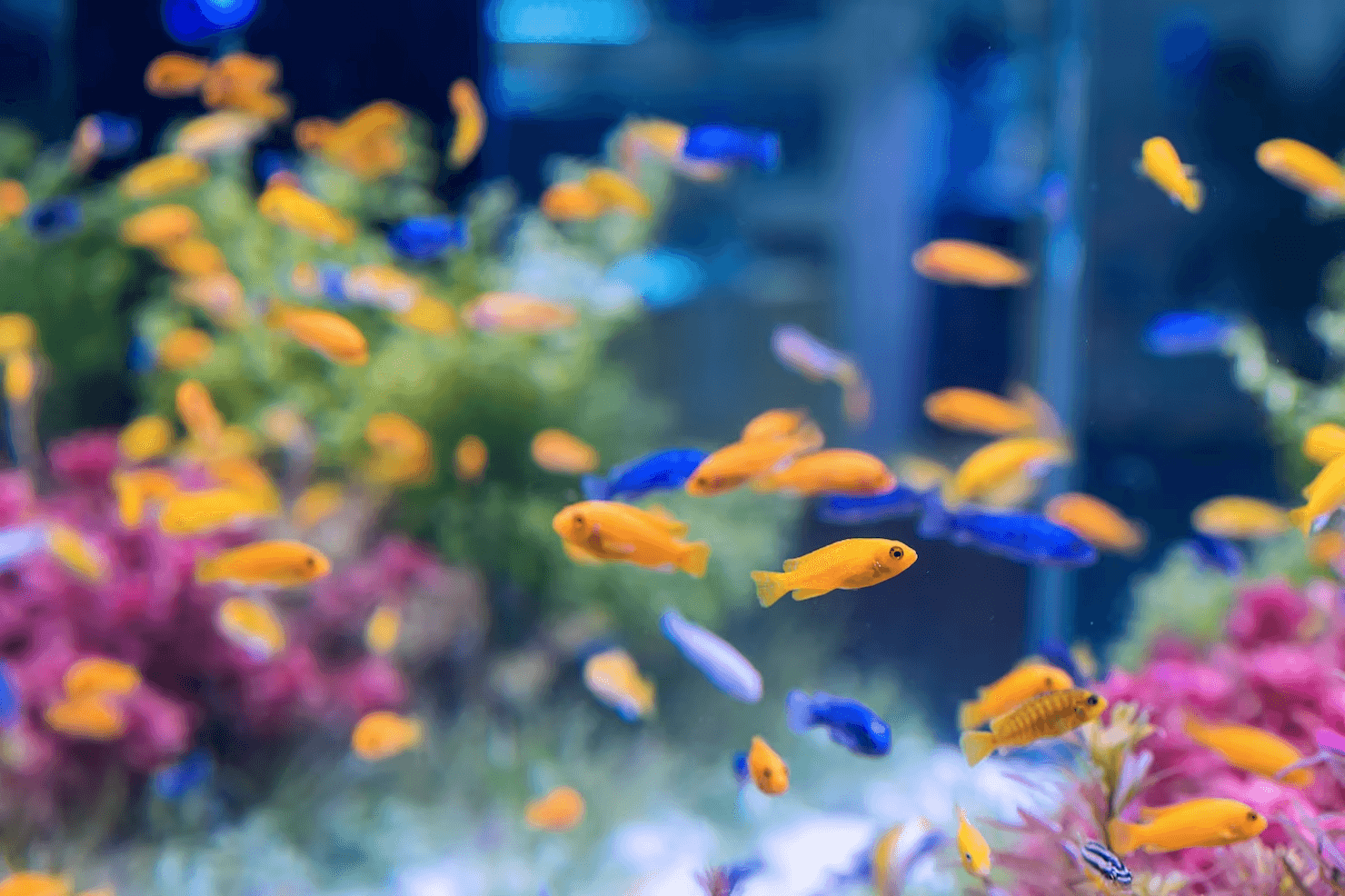Fishkeeping is a fascinating and rewarding hobby that allows you to create a slice of aquatic paradise in your own home. Whether you’re interested in the vibrant colors of tropical fish or the tranquil beauty of freshwater species, starting a fish tank is an exciting venture. This beginner’s guide will help you get started on your fishkeeping journey.
Step 1: Research and Planning
Before diving into fishkeeping, take the time to research and plan your aquarium. This step is crucial to ensure the well-being of your aquatic pets and the success of your tank.
A. Choose the Right Tank
Decide on the size and type of aquarium you want. Smaller tanks are ideal for beginners, as they are easier to manage. A 20 to 30-gallon tank is a good starting point. Consider whether you want a freshwater or saltwater tank, as each has its requirements and challenges.
B. Select Suitable Fish
Research different fish species and their compatibility. Start with hardy, beginner-friendly fish, such as guppies, tetras, or goldfish. Avoid aggressive or delicate species that may be more challenging to care for.
C. Set a Budget
Determine your budget for the initial setup and ongoing maintenance. Fishkeeping can be as affordable or as extravagant as you want it to be, so plan accordingly.
D. Gather Equipment
Acquire the necessary equipment, including a tank, filter, heater (for tropical fish), thermometer, lighting, substrate, and decorations. Invest in quality equipment to ensure the longevity of your aquarium.
Step 2: Setting Up Your Aquarium
Once you have your equipment and a clear plan in place, it’s time to set up your aquarium.
A. Tank Placement
Choose a stable location for your tank, away from direct sunlight and drafts. Make sure the surface can support the tank’s weight and is level.
B. Substrate and Decorations
Add substrate to the bottom of the tank, such as gravel or sand. Arrange decorations, rocks, and plants to create an appealing and comfortable environment for your fish.
C. Water Quality
Fill the tank with dechlorinated water and use a water conditioner to make it safe for your fish. Test the water parameters (pH, ammonia, nitrites, and nitrates) to ensure they are within suitable ranges for your chosen fish species.
D. Filter and Heater
Install the filter to keep the water clean and oxygenated. For tropical fish, use a heater to maintain the desired water temperature, typically between 75°F and 80°F (24°C to 27°C).
E. Cycling the Tank
Before adding fish, your tank needs to go through the nitrogen cycle. This process establishes beneficial bacteria that break down fish waste. It can take several weeks, so be patient and monitor water parameters during this time.
Step 3: Adding Fish
Once your tank is cycled and the water parameters are stable, it’s time to introduce your fish.
A. Acclimation
Slowly acclimate your fish to the tank’s water temperature by floating their bag or container in the tank. Gradually add small amounts of tank water to the bag over about 30 minutes. This helps prevent temperature shock.
B. Stocking
Start with a small number of fish, allowing your tank to establish a healthy biological balance. Overstocking can lead to water quality problems.
Step 4: Routine Maintenance
Maintaining your aquarium is an ongoing task to ensure the health and happiness of your fish.
A. Feeding
Feed your fish an appropriate diet, and avoid overfeeding, which can lead to water quality issues. Research the dietary needs of your specific fish species.
B. Water Changes
Regularly change a portion of the water (about 10-20%) every 1-2 weeks to remove toxins and replenish minerals. Use a gravel vacuum to clean debris from the substrate during water changes.
C. Monitoring
Continuously monitor water parameters using test kits to ensure they remain within acceptable ranges. Address any issues promptly.
D. Cleaning
Clean the tank glass, decorations, and equipment as needed to maintain a clear and healthy environment.
Step 5: Enjoying Your Aquarium
Fishkeeping is not just about maintenance; it’s also about enjoying your underwater world.
A. Observation
Take time to observe your fish and their behaviors. Each fish has its unique personality and habits, which can be fascinating to watch.
B. Learning and Growing
Keep learning about fishkeeping through books, online resources, and forums. You can gradually explore more advanced aspects of the hobby, such as breeding or setting up specialized tanks.
C. Sharing Your Passion
Share your fishkeeping journey with others who have similar interests. Join local fish clubs or online communities to connect with fellow enthusiasts.
Fishkeeping is a rewarding hobby that offers relaxation, education, and a sense of accomplishment. With proper research, planning, and care, you can create a thriving aquatic ecosystem that brings joy and wonder to your life.
Remember that every fish species has its unique requirements, so continue to educate yourself about the specific needs of your fish to ensure their well-being. Happy fishkeeping!



